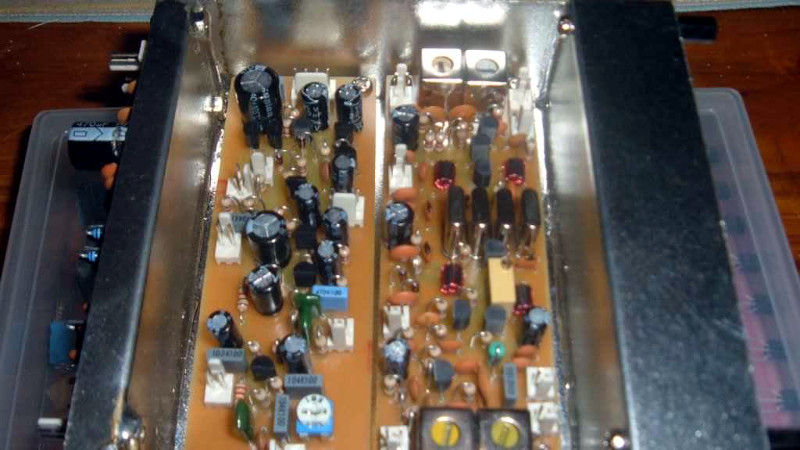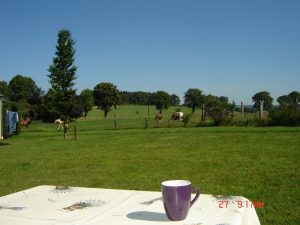 Na de succesvolle velddagen in Bellevaux is de VRZA Zuid-Limburg in 2018 verhuisd naar Dairomont, vlakbij Malmédy. Een uurtje rijden vanuit Maastricht ligt dit vakantiehuis bovenop een plateau met een prachtig uitzicht over de omgeving, zoals je op de foto kunt zien.
Na de succesvolle velddagen in Bellevaux is de VRZA Zuid-Limburg in 2018 verhuisd naar Dairomont, vlakbij Malmédy. Een uurtje rijden vanuit Maastricht ligt dit vakantiehuis bovenop een plateau met een prachtig uitzicht over de omgeving, zoals je op de foto kunt zien.
De velddag vindt plaats vanaf donderdag 10 mei (Hemelvaartsdag) tot en met zondag 13 mei. Tijdens deze dagen zullen 8 leden van de VRZA hun kamp opslaan en met diverse antennes en transceivers proberen zoveel mogelijk verbindingen te maken en experimenten te doen.
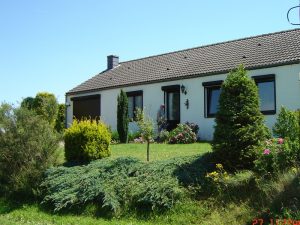 De velddag is natuurlijk ook te bezoeken. Hou er wel rekening mee dat er voor de maaltijden niet is gerekend op mee-eters dus zorg zelf voor eigen eten, indien nodig. Voor de consumpties wordt een bijdrage gevraagd. Wil je langs komen? Van harte welkom! Meld je even in via de repeater van Botrange: 439.0125 MHz (shift -7.6MHz, Tone – 131,8Hz), die staat continu aan tijdens de velddag.
De velddag is natuurlijk ook te bezoeken. Hou er wel rekening mee dat er voor de maaltijden niet is gerekend op mee-eters dus zorg zelf voor eigen eten, indien nodig. Voor de consumpties wordt een bijdrage gevraagd. Wil je langs komen? Van harte welkom! Meld je even in via de repeater van Botrange: 439.0125 MHz (shift -7.6MHz, Tone – 131,8Hz), die staat continu aan tijdens de velddag.
Parkeren in de buurt zal geen probleem zijn maar hou er rekening mee dat dit huisje in een gewoon dorp ligt dus hou rekening met omwonenden. De locatie is gewoon met de auto of motor te bereiken, je hoeft nu eens niet door het bos!
Weersverwachting
Het adres: Dairomont 27, 6698 Vielsalm, België:
Route
U volgt de A2 richting Maastricht – Luik
Net voor Luik neemt u de autosnelweg
Antwerpen – Luik – Aaken
(hier opletten, kort na elkaar juiste afslag kiezen! (Aaken-Vervier)
Na ± 10 km volgt u de autosnelweg richting Verviers – Spa – St. Vith.
Bij afslag Malmedy gaat u rechts richting Stavelot en daarna Trois-Ponts
(na 2 tunnels linksaf, daarna weg volgen)
In Trois-Ponts volgt u richting Hamoir – Huy.
(Neem bij voorkeur deze route. Uw navigatiesysteem geeft mogelijk
de kortste route (langs de kerk) aan! Deze is echter alleen toegestaan
voor lokaal verkeer en erg steil en smal!)
Even buiten de bebouwde kom van Trois-Ponts gaat u de eerste weg links
(bord richting Fosse sur Salm).
U volgt deze weg via Mont de Fosse en Bergeval en u nadert dan Mont Saint Jacques.
Bij het eerste huis links van de weg ± 50m voor de kerk gaat u bij de kruising (richting Vielsalm) linksaf.
Het eerstvolgende huis links van de weg is uw vakantiebestemming!
(Nabij het kerkje van Mont Saint Jacques, dus wat afwijkend van punt A op het kaartje hierboven op deze pagina!)
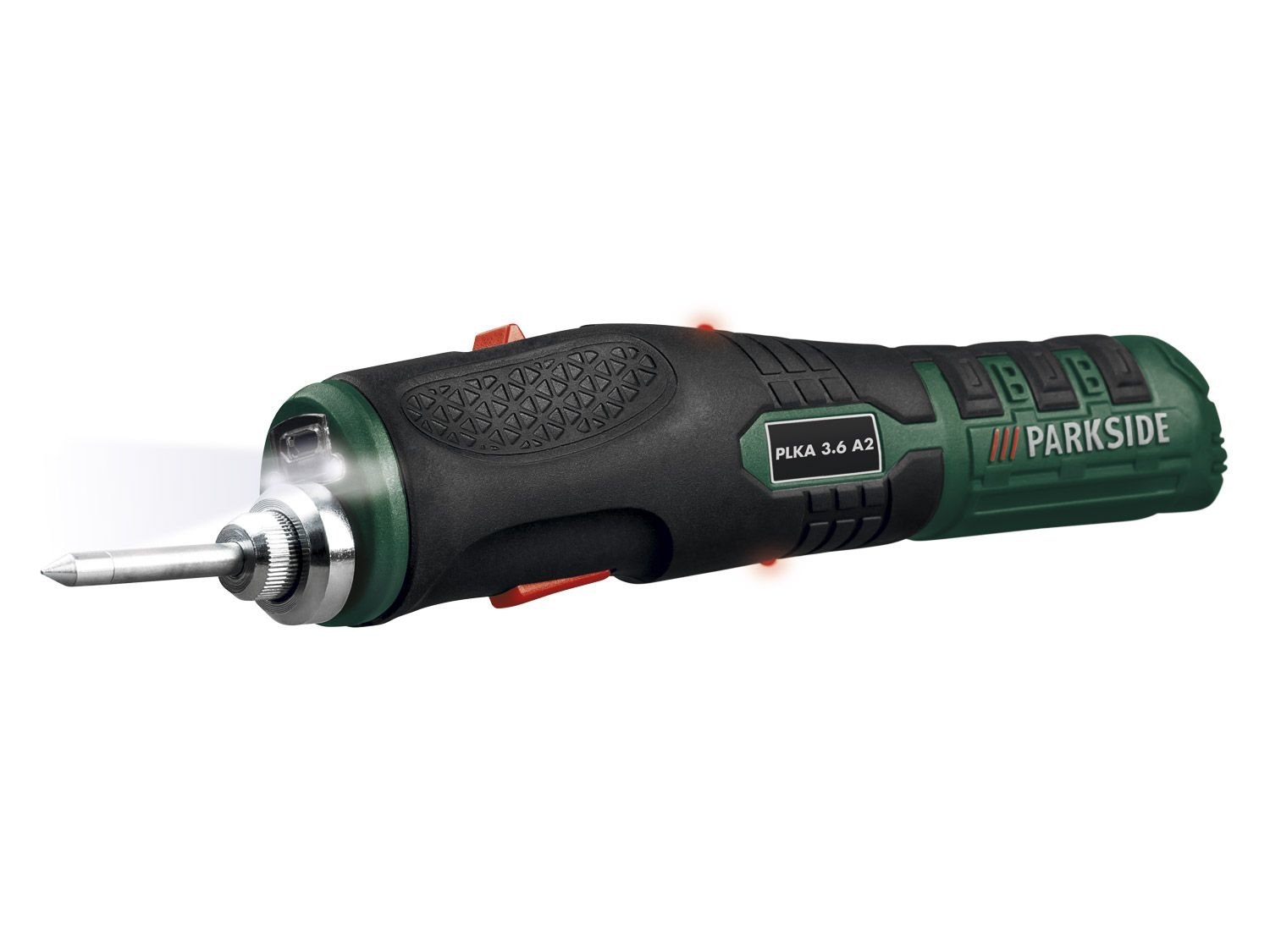
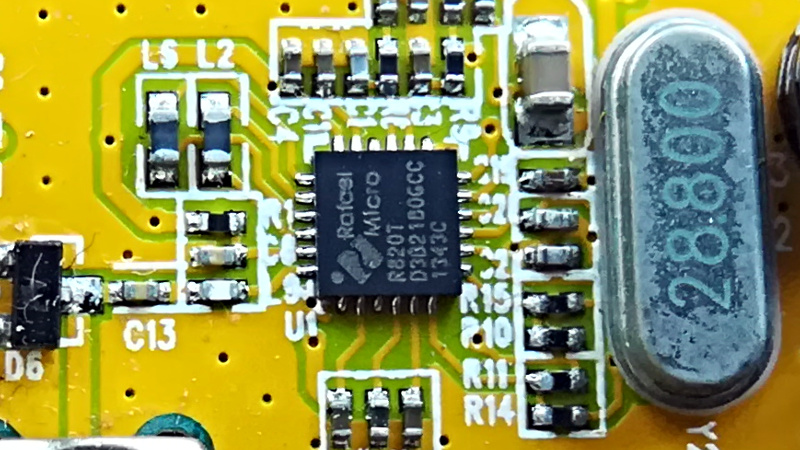 The R820T tuner IC is used in the popular Airspy software defined radio (SDR) as well as many of the inexpensive RTL SDR dongles. [TLeconte] did some experiments on intermediate frequency (IF) configuration of the chip, and you’ll
The R820T tuner IC is used in the popular Airspy software defined radio (SDR) as well as many of the inexpensive RTL SDR dongles. [TLeconte] did some experiments on intermediate frequency (IF) configuration of the chip, and you’ll 